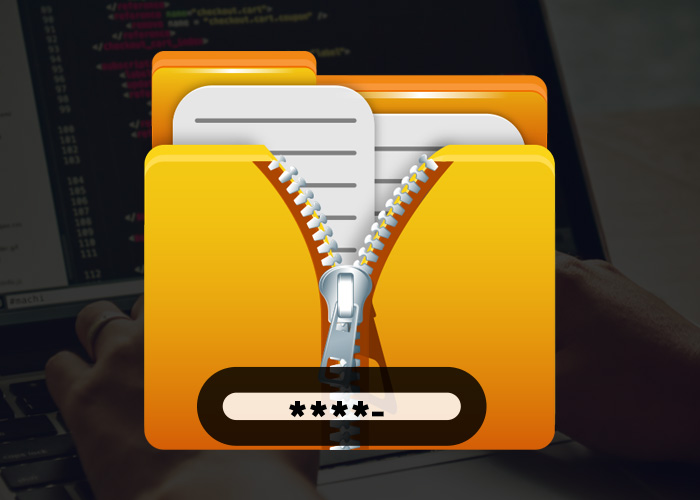Converting C# BitArray to Integer
In C#, a BitArray is a collection that efficiently stores bits (Boolean values) as an array. It is part of the System.Collections namespace. There are scenarios where developers need to convert a BitArray into an integer for further processing, such as bit manipulation, communication protocols, or data compression. This article explores how to perform this conversion and highlights practical applications.
Understanding BitArray
A BitArray is a collection of bits, where each element is stored as a bool value (true for 1 and false for 0). While it provides methods to manipulate bits individually, it doesn't directly offer a conversion to numeric types like integers.
Conversion Approach
To convert a BitArray to an integer, you can loop through the bits, shifting them to the correct position to reconstruct the original integer.
Example Code: BitArray to Integer
Here's an example demonstrating how to convert a BitArray to an integer:
using System;
using System.Collections;
public class BitArrayToIntExample
{
public static void Main()
{
// Creating a BitArray with a pattern of bits
bool[] bits = { true, false, true, true }; // Represents the binary value 1011
BitArray bitArray = new BitArray(bits);
// Convert BitArray to integer
int integerValue = BitArrayToInt(bitArray);
Console.WriteLine("Integer value: " + integerValue); // Outputs: 11
}
// Method to convert a BitArray to an integer
public static int BitArrayToInt(BitArray bitArray)
{
if (bitArray.Length > 32)
{
throw new ArgumentException("BitArray length exceeds the range of an integer.");
}
int result = 0;
for (int i = 0; i < bitArray.Length; i++)
{
if (bitArray[i])
{
result |= (1 << i); // Shift left and OR operation to set the correct bit
}
}
return result;
}
}
In this example, a BitArray is created from a series of Boolean values representing a binary number. The BitArrayToInt function iterates through the BitArray, shifting bits left and using bitwise OR operations to reconstruct the integer value.
Practical Applications
- Bit Manipulation: In tasks where bits need to be manipulated directly, such as cryptography, compression, or protocol design.
- Communication Protocols: Parsing binary messages where fields are represented in individual bits.
- Data Compression: Efficient storage and representation of binary data for compression or encoding purposes.
Best Practices
- Ensure Valid Length: Make sure the BitArray is not longer than the capacity of the target numeric type to prevent overflow.
- Bit Manipulation Libraries: Consider using libraries like System.Numerics for high-performance bit manipulation.
Conclusion
Converting a BitArray to an integer in C# can be a useful operation in applications that require bit manipulation, communication protocols, or efficient data processing. By understanding and implementing this conversion method, developers can leverage the power of bit manipulation in a range of real-world applications.





